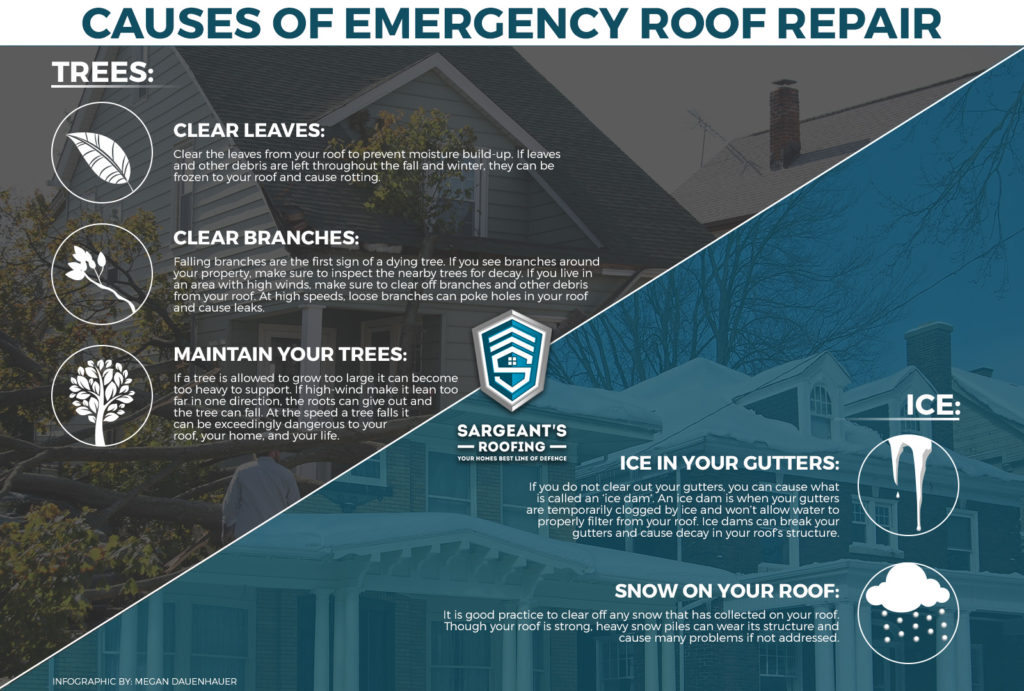When analyzing the feasibility of solar power versus conventional power resources, you may find yourself contemplating the long-lasting sustainability and impact on your financial resources. The detailed balance in between first costs, ongoing expenditures, and ecological implications increases crucial questions concerning the future of power generation. As you browse with the complexities of this comparison, a deeper understanding of the subtleties in cost-effectiveness, environmental stewardship, and power protection awaits expedition.
Cost-Effectiveness Comparison
When contrasting the cost-effectiveness of solar power with traditional energy sources, it becomes obvious that initial financial investment differences play a pivotal role in establishing lasting cost savings.
While solar power systems need a higher ahead of time financial investment for installation and equipment, they use significant lasting advantages that can outweigh the first costs. The essential lies in comprehending that solar power systems have very little ongoing functional and upkeep expenses compared to traditional power sources like fossil fuels.
By investing in solar energy, you can possibly minimize utility costs over the system's life expectancy. In addition, with advancements in innovation and decreasing installation prices, solar energy has actually come to be much more accessible and budget-friendly for home owners and organizations alike. These cost savings can build up with time, providing a return on investment that exceeds traditional energy sources.
Furthermore, solar energy systems use the benefit of energy independence and security against changing utility rates. By taking advantage of the power of the sun, you add to a cleaner setting and minimize your carbon impact. Welcoming solar power not only benefits your pocketbook however additionally the planet over time.
Environmental Impact Analysis
Solar power presents an appealing alternative to conventional energy resources as a result of its considerably lower ecological impact. Unlike fossil fuels that produce unsafe greenhouse gases and contribute to air pollution, solar energy generates electricity without generating any discharges.
The process of using solar energy involves capturing sunshine via solar panels, which does not release any type of pollutants right into the ambience. This absence of exhausts helps reduce the carbon footprint related to energy production, making solar energy a cleaner and more sustainable option.
Furthermore, making https://800wattsolarpanel53197.blogpixi.com/31416454/resolving-common-misconceptions-regarding-solar-power-what-homeowners-required-to-know of solar energy contributes to conservation initiatives by minimizing the demand for finite resources like coal, oil, and natural gas. By depending on the sunlight's abundant and renewable energy resource, we can assist protect all-natural habitats, secure ecosystems, and alleviate the adverse influences of resource extraction.
Reliability and Power Landscape Assessment
For an extensive analysis of reliability and the power landscape, it's necessary to examine just how solar energy contrasts to typical sources. Solar energy is picking up speed as a trustworthy and sustainable energy resource. While visit the following site like coal, oil, and natural gas have actually been traditionally leading, they're finite and add to ecological deterioration.
Solar energy, on the other hand, is abundant and eco-friendly, making it a much more sustainable option over time.
In terms of reliability, solar power can be based on weather conditions and sunshine accessibility. However, developments in modern technology have caused the advancement of power storage services like batteries, boosting the integrity of solar power systems. Conventional sources, on the contrary, are susceptible to price changes, geopolitical tensions, and supply chain interruptions, making them much less reliable in the long-term.
When examining the power landscape, solar power supplies decentralized power production, decreasing transmission losses and increasing energy protection. Conventional sources, with their central nuclear power plant, are more susceptible to disruptions and require extensive facilities for distribution.
https://www.indystar.com/story/news/environment/2023/02/06/solar-power-in-indiana-how-do-panels-work-in-snow-cold-weather/69855078007/
To conclude, when comparing solar energy to typical power sources, it is clear that solar power offers a cost-effective, environmentally friendly, and trusted alternative. With marginal operational expenses, possible cost savings on utility expenses, and a dramatically lower environmental impact, solar energy is coming to be a much more lasting and safe option. Welcoming solar energy can help reduce greenhouse gas discharges and add to conservation efforts, making it an engaging choice for the future.
